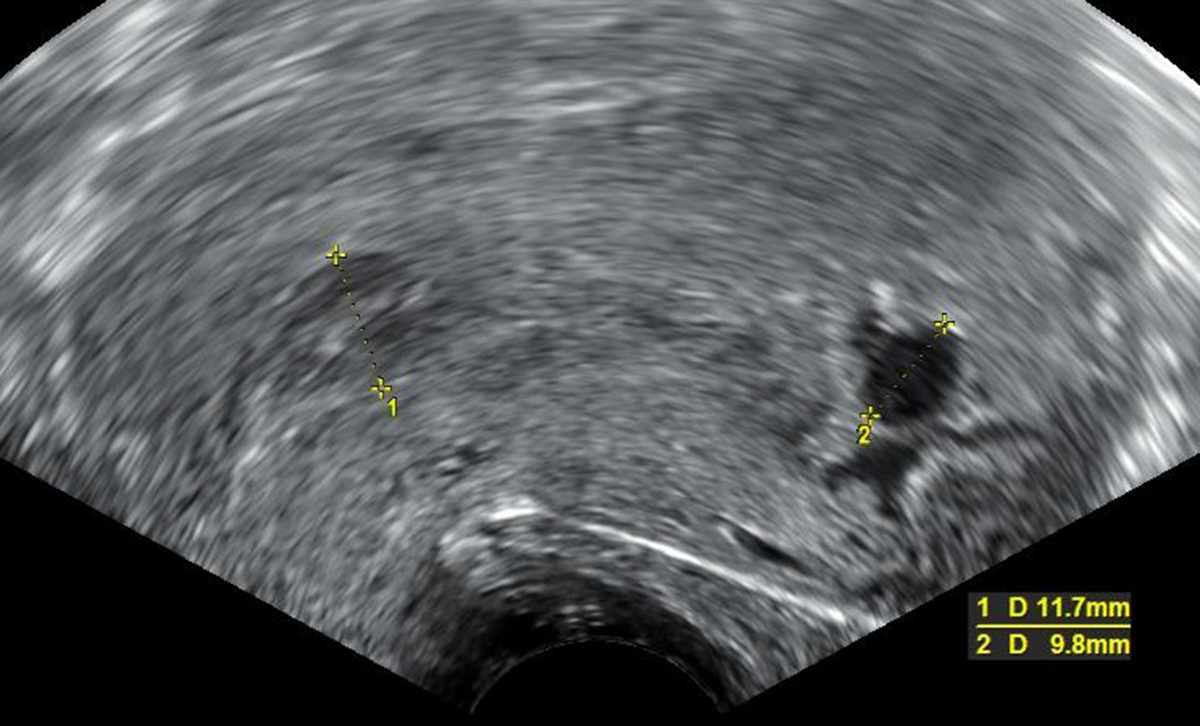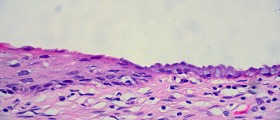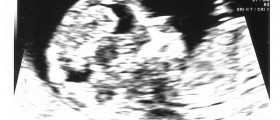
What is the Difference in Treating Miscarriage and Abortion?
An abortion is a very stressful event, both physically and emotionally. In most cases it is a simple and safe procedure, but there are some problems that can be experienced afterward and it is important to know which symptoms are to be considered dangerous and which are normal.
Care after an Abortion
Basic care after an abortion includes rest, days off work, healthy food with lots of vitamins and fluids, antibiotic medication taken exactly as prescribed and avoiding physical activity. Swimming, tub bathing and sexual activity can usually be resumed in two to four weeks. The ovulation can occur two weeks after the abortion so a pregnancy in this period is also possible. It is important to hold off on sexual activity until physically and emotionally prepared. In cases when pregnancy lasted nine or more weeks before it was terminated, there might be some lactating. This occurs mainly due to the fact that hormones have already started to produce milk and that milk needs to come out. Wearing a bra is advised in these cases. After each abortion, a two-week checkup is absolutely necessary in order to determine if the healing process is going well and if there are any infections or other complications. During the checkup, the doctor will also determine whether the cervix has closed up so that the patient may resume normal activities. Doctor will also control if there is some tissue still left inside the uterus. Bleeding after abortion is normal and it can last up to five weeks. The normal amount of post-abortion bleeding should be the same or lighter as during menstruation. Cramping, pain and soreness are also to be expected in most cases.
Complications after Abortion
Complications after abortions may include severe pain and heavy bleeding, foul-smelling vaginal discharge or tissue, blood in the stool and urine, dizziness, fainting or nausea, swollen abdomen and bleeding from IV punctures. In case one or more of these symptoms occur, a doctor should be consulted immediately. Postabortal syndrome is a complication that includes severe pain and discomfort and it occurs because the tissue blocks the cervix and does not allow the normal discharge of the contents in the uterus. It can often be followed by dizziness, sweating, nausea and slight tachycardia. It is treated by a procedure that empties any remaining content of the uterus and brings instant relief of the symptoms. In the period following the abortion, pregnancy hormone levels will slowly start to go back to levels similar to those before the pregnancy. In the first weeks, they may cause emotional outbursts, nausea, weakness, depression, lack of appetite, and trouble sleeping. Menstruation might not be as regular as it was before pregnancy and the bleeding may vary.
Miscarriage Does Not Occur Rarely
Pregnant women often have miscarriages within the first 12 weeks of pregnancy. One of the first signs of the miscarriage is vaginal bleeding, but one must visit a doctor in order to run some ultrasounds and blood tests. An ultrasound shows whether the pregnancy is developing normally, while the blood tests show if the pregnancy hormones develop the way they should. A pelvic exam may sometimes be required, in order to check for any changes to the cervix and membrane. A woman needs to know her blood type because if her Rh is negative she would have to get an injection. Only women who had at least two miscarriages visit specialists who have a great deal of experience with miscarriages and special tests. There might also be need for doing an X-ray, or ultrasound of the reproductive organs, since they might be the cause of miscarriages.
Treatment Options for Miscarriage
The treatments for miscarriage can vary from patient to patient, but it all depends on woman’s condition and doctor’s advice. A woman may have to remain still in bed, restrain from any kind of activity and be sexually inactive for the time of being pregnant. A miscarriage which had already begun cannot be stopped. The basic aim after the miscarriage is to prevent the woman from infections and hemorrhaging. If there is an excessive vaginal bleeding, tissue from the uterus is being expelled so one needs to seek immediate medical attention in order to remove that tissue. The most often procedures are dilation and curettage, but in some cases, the procedure of suction is used. Because of the woman’s unpleasant experience and a significant amount of pain, pain relievers may be used. If a fever or chills appear after the miscarriage, a doctor must be called because when the tissue is not removed fully, a sepsis may appear. Women are overwhelmed with grief and sadness because of losing a pregnancy and a certain period of time must pass, so that a couple could cope with loss.
















Your thoughts on this
Loading...